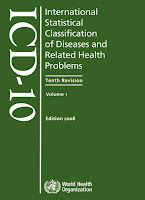 FYI, I'll be at the PCMA Annual Meeting next week on October 3 and 4 in Rancho Palos Verdes, CA.
FYI, I'll be at the PCMA Annual Meeting next week on October 3 and 4 in Rancho Palos Verdes, CA.I won't be speaking at the event, but please email me if you’d like to arrange a one-on-one meeting. Or, just say hello if you see me.
As a special Friday treat, below you can watch Dr. Stephen T. Colbert's Drug Health segment looking at brand-name manufacturer strategies for competing with generic drugs. Reese's Peanut Butter Plavix, anyone?












